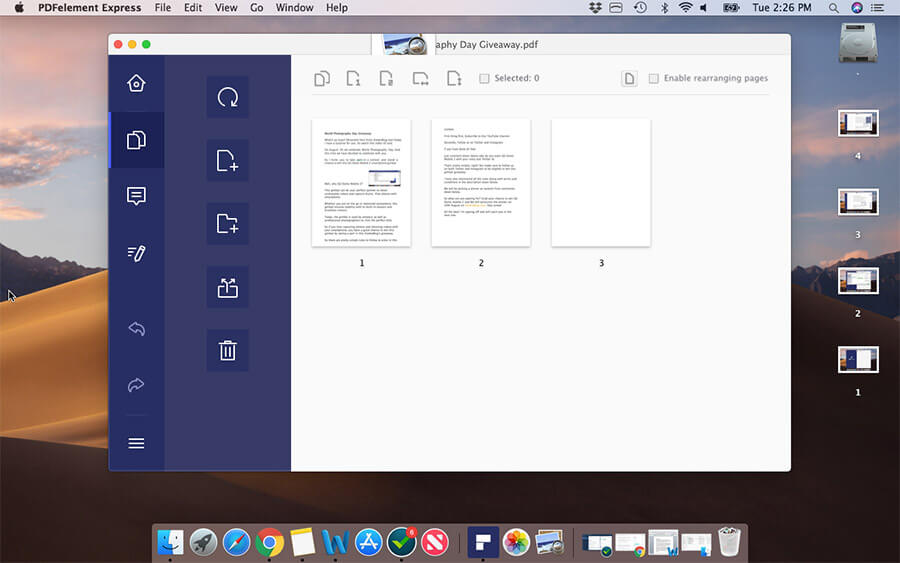How Much Is Time Machine For Mac
Thursday, September 24th, 2015 Author: Whether you’re new to the Mac platform or have been using it for years, there’s one feature built into Mac OS X or macOS that you should not only know about, but use. That feature is Time Machine, a built-in backup application used to keep an up-to-date copy of all of the files on your Mac. Time Machine is unique among most backup applications in that it captures exactly what was on your Mac on any day in the past, making it easy to recover files, emails or media that may have been inadvertently deleted. While what Time Machine does is surprisingly complex, setting it up and using this feature is quite simple. We show you how to use Time Machine and answer “how long does Time machine take” on your Mac: Selecting a backup destination To start setting up Time Machine, you need to have a backup destination — the device on which your files will be backed up.
For instructions, see Install an older version of Adobe Reader on Mac OS. Double-click the.dmg file. (If you don't see the Safari Downloads window, click Finder > (User Name). When the file appears at the bottom of the browser, click the file. (If you don't see the file. Adobe reader for mac export files.
Time Machine can back up to many devices: • An external hard drive or connected to the Mac over USB, FireWire or Thunderbolt., using FireWire, USB 2, USB 3, connections. • An external hard drive or SSD connected to the USB port of an Apple AirPort Extreme 802.11ac or other Wi-Fi routers that specifically provide Time Machine compatibility over a Wi-Fi connection. • An Apple AirPort Time Capsule or an OS X Server on the same network as your Mac. How often does Time Machine back up your Mac, and for how long? Time Machine performs a full backup of your Mac when it is first set up.
This initial backup can take some time, so be patient and allow it to finish. Once the first backup is complete, Time Machine checks your Mac for new, changed, and deleted files once every hour. Time Machine keeps these hourly backups for the past 24 hours, then keeps a daily backup for the past month. It also keeps weekly backups for as long as the external drive that you’re using for Time Machine has available space. Once the backup drive is full, the oldest backups are deleted from Time Machine.
I have an iMac 24' (mid-2007) running 10.7.2 and I'm trying to use Time Machine to back up about 200GB worth of data to a WD My Book for Mac (USB 2.0). Before I upgraded from Snow Leopard, the intial back up was long - something like 4-6 hours. Set aside 30GB for that Windows-use partition - That way you can use FAT32, and both Windows and Mac can write to it. It need not be large because I am assuming you are using it to transfer data from your Windows machine to Mac. Dedicate the rest for Time Machine. And please, have another TM backup disk once you are able to do so. Word for mac 2008 check for updates.

Related: For this very reason, some Mac users prefer to use Time Machine for their regular backups, but make bootable full backups of their Macs frequently on another external drive using a backup utility like Carbon Copy Cloner or SuperDuper! Setting up Time Machine With a properly-formatted and empty external drive, setting up Time Machine is simple — just connect it to your Mac. If this is the first time you’ve specified a backup device, Time Machine asks if you want to use that drive to back up the Mac with Time Machine: To use the drive as your backup disk, just click the “Use as Backup Disk” button and Time Machine begins the initial backup.
That was easy, wasn’t it? One thing you may want to do is encrypt your backup disk, so that it’s impossible for others to look at your backup files without knowing a password that you’ve set. This is also easy to set up; check the “Encrypt Backup Disk” box as seen in the image above, then provide a password when prompted. The external disk you have purchased from may or may not be formatted in the format that Time Machine needs. That format is called Mac OS X Extended (Journaled), which sounds daunting but really isn’t. If the drive isn’t in that format and is using the common Windows-based NTFS or FAT formats instead, Time Machine will prompt you to reformat the drive. Before you let it reformat the drive, realize that doing so completely erases all files on the external drive. 